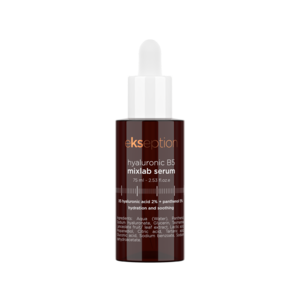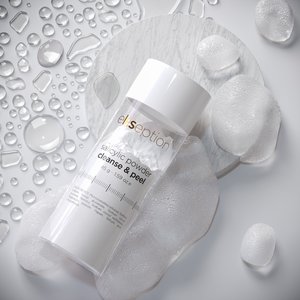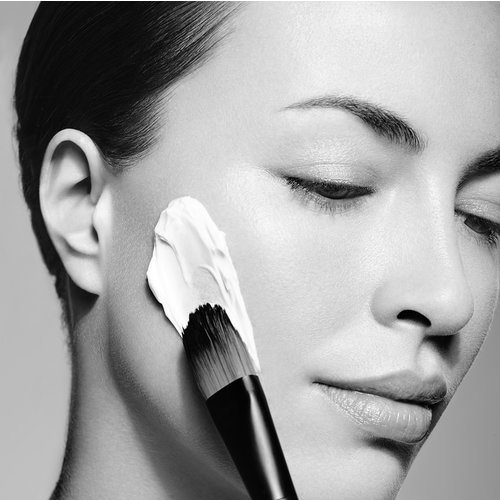Normal and combination skin
The classification of skin types according to the sebaceous gland activity is the most general and the easiest way to distinguish skin types. T-zone ( forhead-nose-chin) bigger pores and less dry










Accelerates the tanning of the skin
Better tanning of the skin
Better pigment production
Protects from the inside against the effects of UV radiation Read more
Accelerates the tanning of the skin
Better tanning of the skin
Better pigment production
Protects from the inside against the effects of UV radiation




- Body's own building materials + phytotherapy
-Standardized plant extracts
-Production in accordance with GAP, GMP, HACCP standard
-Only the best recordable form Read more
- Body's own building materials + phytotherapy
-Standardized plant extracts
-Production in accordance with GAP, GMP, HACCP standard
-Only the best recordable form


- Promotes the production of hyaluronic acid
-Accelerates healing, anti-inflammatory
-For flexible and mobile joints Read more
- Promotes the production of hyaluronic acid
-Accelerates healing, anti-inflammatory
-For flexible and mobile joints








Removes impurities.
Reduces pigment spots
Leaves the skin feeling soft and improves the skin texture.
Cleanses the skin.
Reduces acne Read more
Removes impurities.
Reduces pigment spots
Leaves the skin feeling soft and improves the skin texture.
Cleanses the skin.
Reduces acne
Skin types according to sebaceous gland activity.
The classification of skin types according to the sebaceous gland activity is the most general and the easiest way to distinguish skin types. One then speaks of dry, oily, normal and combination skin.
The sebaceous gland function can be larger or smaller than normal. If the function of the sebaceous glands is too great, we speak of oily skin or seborrhoe. If the sebaceous gland function is too low, we speak of dry skin or sebostasis.
A seborrhoe distinguishes two types:
- a. seborrhoe oleosa-oily skin with an oily sebum secretion
- b. seborrhoe sicca-oily skin accompanied by flaking horns.
Normal skin is sometimes incorrectly referred to as combined skin. It is normal for the middle part of the face to be slightly greasier than the sides near the cheeks and around the eyes, because there are naturally more and larger sebaceous glands in the middle part of the face. One speaks of a combined skin if the differences between the fatter and drier areas are so great that treatment must be taken into account and different products are used for the drier and fatter areas, among other things.


















 Skin type
Skin type
 Products
Products
 Skin problems
Skin problems
 Men care
Men care
 New
New
 Discount !!
Discount !!
 Mila d'Opiz
Mila d'Opiz
 Bernard Cassière
Bernard Cassière
 Ekseption Skincare
Ekseption Skincare
 Fusion Meso
Fusion Meso
 Sothys Paris
Sothys Paris
 Derma science by Mila d'Opiz
Derma science by Mila d'Opiz
 JK by Mila d'Opiz
JK by Mila d'Opiz
 Pascaud
Pascaud












